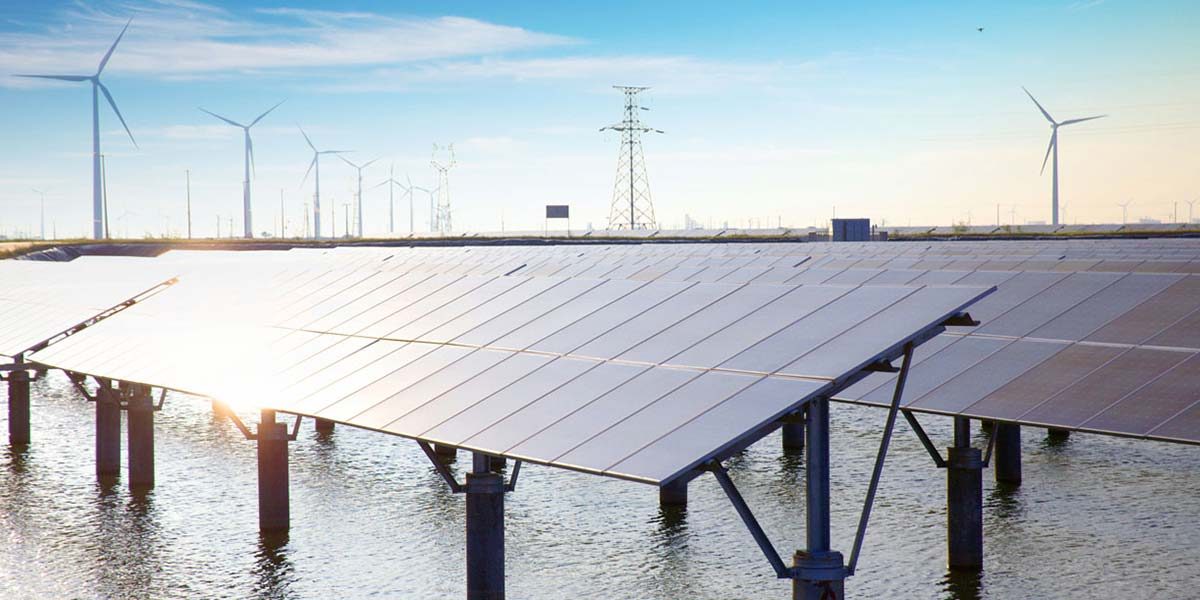In an attempt to support Indian solar manufacturers, the Central government is planning to levy a tariff of 7.5 per cent on imported solar panels.
The development was first reported by Bloomberg, citing information from government officials.
The government is planning to tweak the term ‘solar panel’ and reclassify it as ‘motor’ and put it under the taxed category.
The finance ministry is considering the renewable-energy ministry’s request to tax panels imported for projects won under future solar auctions while exempting those already awarded.
The discussion on the proposed change comes months after the Directorate General of Anti-Dumping (DGAD) in July last year started a probe to ascertain if dumping of panel imports from China, Malaysia and Taiwan was hurting the domestic industry.
The investigation was in response to an application from the Indian Solar Manufacturers’ Association (ISMA), which had pleaded a retrospective duty be imposed on the importers as dumping of the modules has considerably damaged the prospects of the indigenous sector.
Even major domestic companies such as Tata Power, Adani Group, Jupiter Solar and Bhel are facing trouble to stay in the business amidst high cuts offered by Chinese manufacturers on solar cells.
According to a report by Mercom Capital Group, which tracks the clean energy segment, India’s import of such panels and modules is more than 35 times its export.
The report added that as the Chinese panels were 10-20 per cent cheaper than domestically manufactured modules, no developer wants to willingly pay more.
Experts say that the Chinese equipment is cheaper than Indian mainly due to economies of scale at its manufacturing units, as well as the fact that India does not manufacture polysilicon, the basic material for making modules, but imports it.
However, cheaper imports last year helped pull down solar power tariff to Rs 2.44 per unit which is much lower than coal-fired electricity.
Experts, however, believe that the proposed change could affect the government’s ambitious plan of installing 100 gigawatts of solar energy by 2022 as developers relied on low-cost equipment from China.













